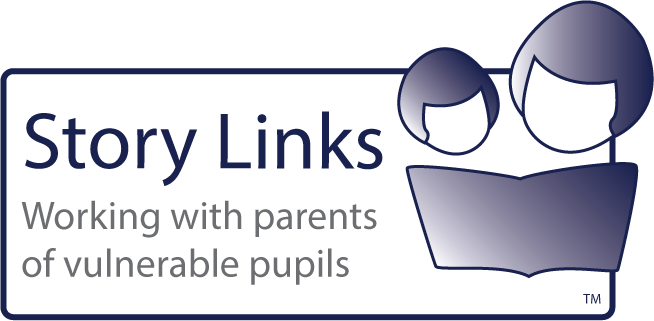What is Therapeutic Storywriting?
How is Story Links different from Therapeutic Storywriting Groups?
What is Therapeutic Storywriting?
It’s helped me to release my anger in small portions. Now it goes into my pencil and into stories. I can make a story around how I feel.
Year 5 boy
Therapeutic Storywriting (Waters, 2004) uses story metaphor to address emotional issues that might be overwhelming for the child – and possibly for the parent- if addressed directly. It is particularly useful when supporting children whose emotional difficulties are getting in the way of their learning.
Story holds a magic for children. Its symbolic language, of monsters and mythical creatures, of heroes and heroines, of terrifying obstacles overcome, can seem to convey meaning more powerfully to a child than the most thought-out rational arguments. While anyone who has told children stories will be familiar with the rapt gaze of their spellbound audience, what is also interesting to note is the power of children’s own storywriting to similarly engage their attention.
It is particularly interesting to observe that many children with emotional difficulties, who may find it hard to stay on task in the classroom, can suddenly become completely focused and motivated when storywriting. By playing with different characters, scenes and plots of which they are the creators, storywriting seems to provide a way for the child to explore who they are and what they feel within the protected world of the imaginary.
Story helps us understand our lives- to explain who we are, what has happened to us and what might happen.
Pie Corbett 2001
The opportunity to express their internal world through story metaphor can be beneficial for all children but especially so for emotionally anxious children whose own life ‘story’ may have been a particularly painful or complicated one. Therapeutic storywriting facilitates the right-brained process by of spontaneous storymaking in order to allow children to weave their own personal narratives and re-story their own emotional experiences.
(A child) can achieve this understanding (of self)… not through rational comprehension of the nature and content of his unconscious, but by becoming familiar with it through spinning out daydreams – ruminating, rearranging, and fantasising about suitable story elements in response to unconscious pressures.
Bettelheim 1991
How is Story Links different from Therapeutic Storywriting Groups?
Story Links grew out of the now established Therapeutic Storywriting Groups (Waters, 2004; Waters 2004a; Waters 2008), developed by Trisha Waters, with the support of the South-East Region Special Educational Needs Partnership (SERSEN). These have been widely introduced into many schools in England. Whereas the group model is a wave 2 group intervention that focuses on developing emotional literacy and writing skills, Story Links is wave 3 intervention with individual pupils and their parents, and focuses on developing emotional literacy alongside reading skills.
Note: The UK Primary National Strategy (2003) uses a 3 wave model of intervention: Wave 1: Quality education of all (whole class); Wave 2: Small group; Wave 3: individual work.
